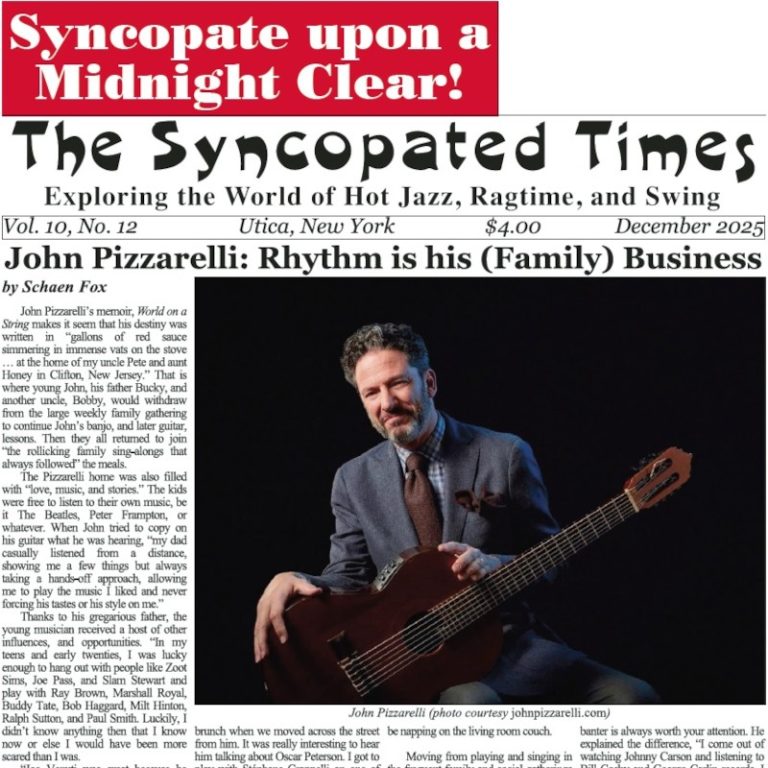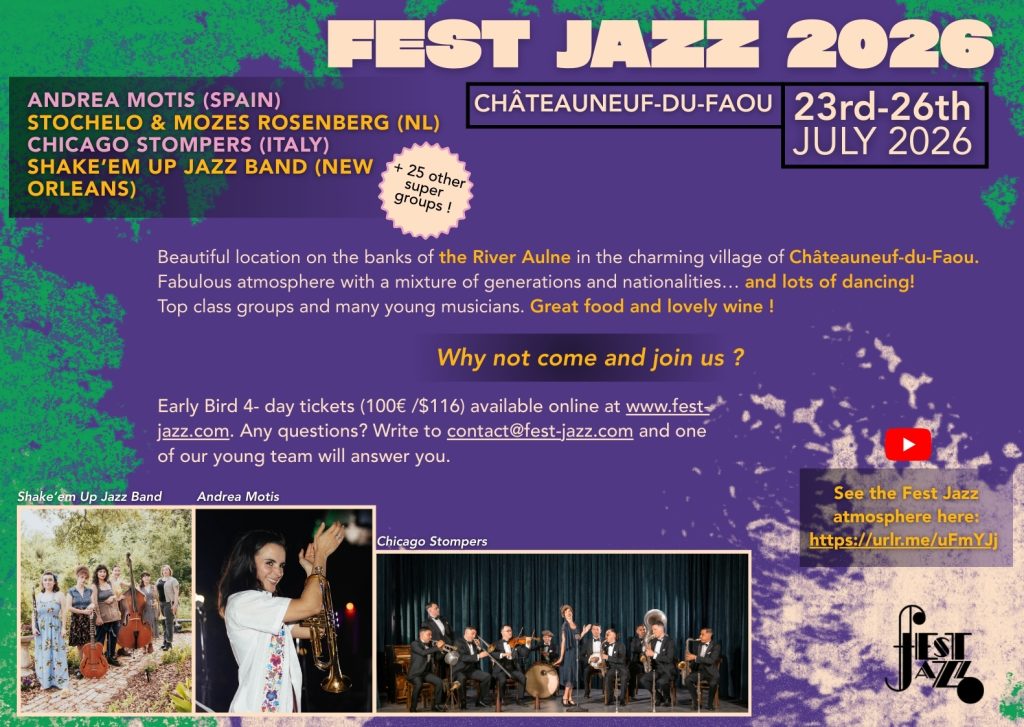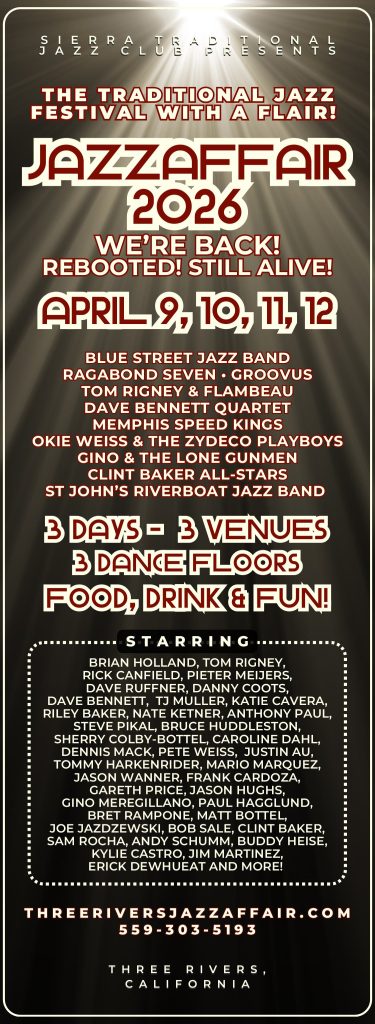During the swing era in the 1930s, it became a common practice for the best big bands, for variety’s sake and to the delight of their jazz audience, to occasionally feature numbers from a small combo drawn from the orchestra. Among the most famous were Benny Goodman’s trio, quartet and sextet (although pianist Teddy Wilson and vibraphonist Lionel Hampton were actually added attractions rather than member of Goodman’s big band), Bob Crosby’s Bobcats, Tommy Dorsey’s Clambake Seven, and various Duke Ellington small groups. The practice actually began in the 1920s on an irregular basis. Paul Whiteman featured cornetist Henry Busse in the Virginians as early as March 9, 1922, along with Busse’s Buzzards in 1925, and Paul Specht had Frank Guarente leading the Georgians (a hot jazz group) starting in December 1922.
The Dixie Daisies was a generic name that was used for several different groups drawn from studio orchestras, resulting in around 100 titles recorded during 1922-29. Long overlooked due to the almost total lack of big names, the Dixie Daisies’ recordings from the start featured melodic dance music that had occasional hot solos. Its musicianship was first-rate, the ensembles were clean, and the song selection was excellent. The Rivermont label on their Dixie Daisies release Hotsy Totsy Town has gathered together the first 26 Dixie Daisies recordings, dating November
You've read three articles this month! That makes you one of a rare breed, the true jazz fan!
The Syncopated Times is a monthly publication covering traditional jazz, ragtime and swing. We have the best historic content anywhere, and are the only American publication covering artists and bands currently playing Hot Jazz, Vintage Swing, or Ragtime. Our writers are legends themselves, paid to bring you the best coverage possible. Advertising will never be enough to keep these stories coming, we need your SUBSCRIPTION. Get unlimited access for $30 a year or $50 for two.
Not ready to pay for jazz yet? Register a Free Account for two weeks of unlimited access without nags or pop ups.
Already Registered? Log In
If you shouldn't be seeing this because you already logged in try refreshing the page.




